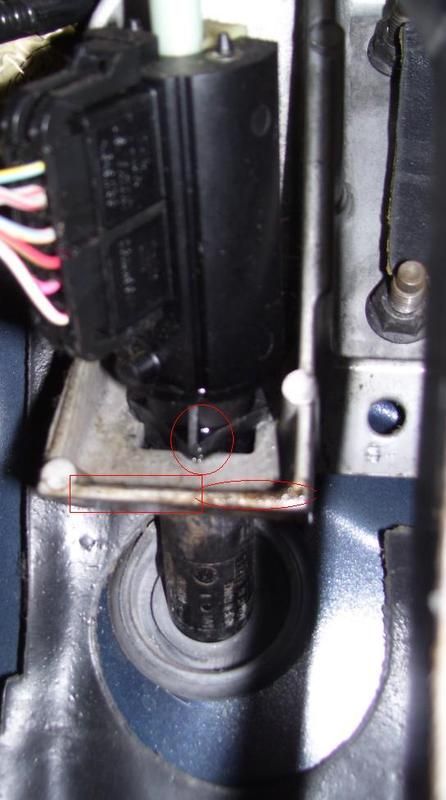So I had the clutch, pp, release bearing, slave, and master cylinder changed out in the 2001 Ranger about 2 years and 20,000 miles ago. The pedal engaged close to the floor (maybe half inch or so).
A couple months ago the engagement got closer to the floor. A couple weeks ago it got so bad I could not always get it into first gear easily from a stop. Once driven for a distance, or in warmer weather it is not bad.
I had it to the shop yesterday. They put it on a hoist and verified that with the pedal all the way down, the pressure plate was fully released and could not move any farther away from the disc. But they could not check it when it was cold because it was not that cold yesterday morning and they test drove it first.
So, it seems in cold conditions it engages closer to the floor. There were no apparent leaks and if it had an interal leak the pressure plate would not have gone all the way back. He said, even if the linkage could be adjusted, you could not get the plate to move any farther away.
A couple months ago the engagement got closer to the floor. A couple weeks ago it got so bad I could not always get it into first gear easily from a stop. Once driven for a distance, or in warmer weather it is not bad.
I had it to the shop yesterday. They put it on a hoist and verified that with the pedal all the way down, the pressure plate was fully released and could not move any farther away from the disc. But they could not check it when it was cold because it was not that cold yesterday morning and they test drove it first.
So, it seems in cold conditions it engages closer to the floor. There were no apparent leaks and if it had an interal leak the pressure plate would not have gone all the way back. He said, even if the linkage could be adjusted, you could not get the plate to move any farther away.

